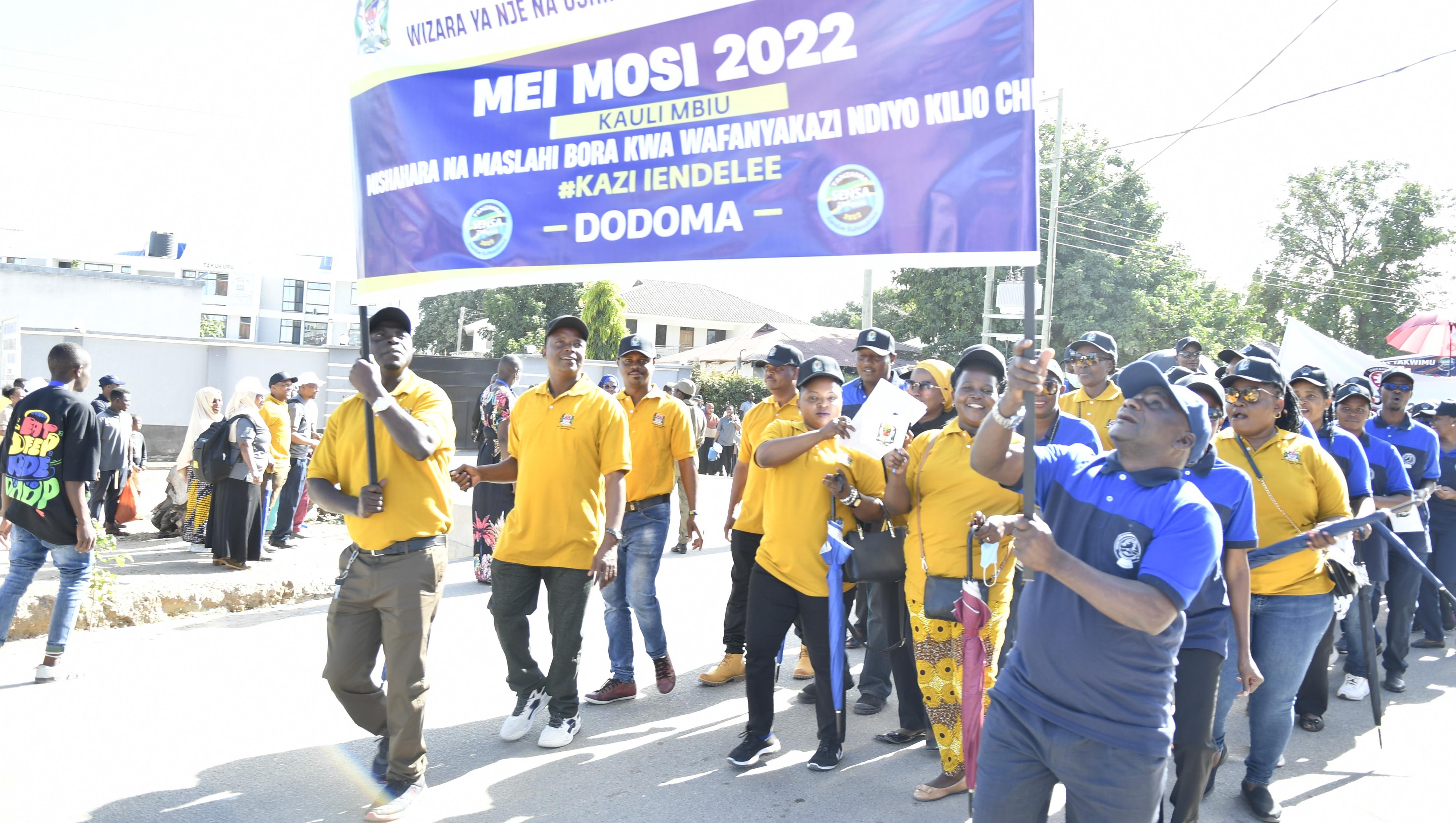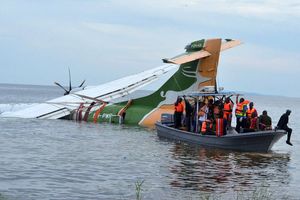Zambia and Zimbabwe face dark days ahead

What you need to know:
- The water level at the Zambezi River has dropped to just eight percent of its normal capacity for power generation
Zambia and Zimbabwe are facing the unprecedented prospect of having to shut down their major hydropower plants as the El Nino-induced drought takes its toll on the two economies.
The drought, caused by climate change, has led to a significant drop in water levels at Kariba Dam -- the world's largest man-made lake and a shared source of hydropower between the two countries.
The Zambezi River Authority (ZRA), a bi-national body that manages the water resources of the shared lake, said this week that as of August 26, the water available for power generation had dropped to just eight percent of normal levels.
“The lake level is steadily decreasing due to low inflow, closing the period under review at 476.76 metres (8.71 percent usable storage on August 26, 2024,” ZRA said in its latest weekly report.
Zambia immediately announced that the hydropower plant on its side of the lake would be shut down on September 14, which would see households and businesses only getting three hours of electricity supply per day.
Zimbabwe for its part, said it might be forced to turn off the turbines at its hydropower station on the southern side of the lake in December, when it expects to have exhausted its quota of water allocated for electricity generation.
Harare has already reduced its power generation from Kariba to 214MW from an installed capacity of 1,050MW.
Experts say significant inflows into the lake will be recorded at the start of the southern African winter around May next year, which might mean months of prolonged power cuts for the two countries.
Zambia will be the hardest hit by the suspension in power generation at Kariba Dam because of its overreliance on hydropower, while Zimbabwe has benefited from the recent development of thermal power stations by China.
Zesco Ltd, Zambia’s power utility, said the country’s energy deficit was projected to worsen this September, largely because of the water levels in Kariba Dam.
The utility said it was “providing power supply to residential customers for up to three hours per day on a rotational basis to support access to household essentials such as water pumping.”
“While the imports are critical, they may not be sufficient to fully balance supply and demand. Emergency power rationing remains a possibility, and Zesco is exploring all available options to stabilise the situation,” the utility’s spokesperson Matongo Maumbi said.
Zambia’s installed capacity is 3,456.8MW, which is more than its electricity peak demand of 2,300MW.
But 83 percent of the electricity comes from hydropower. Besides Kariba, the country has hydropower plants that have also been severely crippled by the El Nino-induced drought.
The electricity crisis has left households scrambling for alternatives, with SunnyMoney Zambia, a solar social enterprise owned by UK-based charity SolarAid, says it has seen a 540 percent jump in office-based sales of its products in just one year.
SunnyMoney country manager Karla Kanyanga said solar had become the most reliable source of energy in Zambia.
“Cooking was difficult during blackouts,” said Abigail Mufwabi from SunnyMoney. “We would depend on charcoal or wait until power was restored. Now, with the gas stove and my solar light, I can prepare meals and help my children do their homework without worrying about power cuts.”
According to the latest update by Zambia’s Disaster Management and Mitigation Unit, Zesco is importing 188MW from Mozambique and has reduced imports from the Southern African Power Pool as other countries in the region are also affected by the drought.
Zimbabweans are enduring daily power cuts for up to 18 hours. Energy and Power Development Minister Edgar Moyo said Harare would not be able to generate power from Kariba beyond December.
“We will still maintain our generation capacity (214MW) up to the end of the year,” Mr Moyo said. “However, we will continue to monitor our water levels and our production capacity.”
He said investments in thermal power stations had mitigated the impact of the drought, which has been described as one of the worst in living memory.
Zimbabwe’s peak electricity demand is 2,200MW and by Wednesday its power plants were only generating 1,183MW.
The World Bank estimates show that the prolonged load shedding will cost Zimbabwe about eight percent of its GDP this year.
The 2023 State of the Climate in Africa report, which was jointly launched this week by the United Nations Economic Commission for Africa, the World Meteorological Organisation and the African Union, paints a bleak picture of the climate crisis facing the continent.
It says African countries face an escalating climate change bill, with an average loss of two to five percent of GDP due to climate extremes.
The report says the cost of adapting to climate change is estimated to be between $30 billion and $50 billion annually over the next decade, representing two to three percent of the region’s GDP.
“This report serves as a stark reminder of the urgency of climate action in Africa, where extreme weather events are intensifying and disproportionately impacting the continent’s social economic development,” said Mike Elton Mposha, Zambia’s minister of Green Economy and Environment.
“Africa is uniquely vulnerable to climate change, with its high dependence on rain-fed agriculture and limited adaptive capacity.
“Rising temperatures, rising sea levels and erratic rainfall are already causing widespread harm to human health, ecosystems and livelihood. These challenges threaten to derail Africa’s big-bed progress towards achieving the Sustainable Development Goals and the African Union Agenda 2063.”





